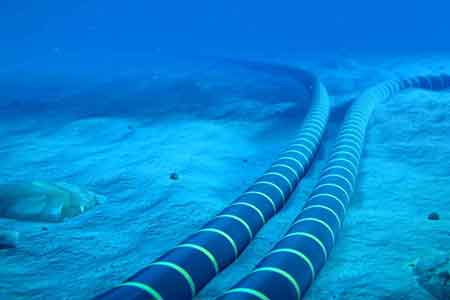California students build solar house for Solar Decathlon
By Electricity Forum
Substation Relay Protection Training
Our customized live online or in‑person group training can be delivered to your staff at your location.

- Live Online
- 12 hours Instructor-led
- Group Training Available
The Solar Decathlon focuses on a crucial global problem — the ever-increasing need for energy — and offers real solutions, including renewable energy sources and ways to use energy more efficiently. The 20 participating university teams, hailing from North America, Europe, and the Caribbean, have each received $100,000 to design, build, and operate the most energy-efficient, attractive, and comfortable solar-powered house.
Santa Clara University is teaming up with California College of Arts, creating Team California, for the competition that takes place in Washington, D.C., October 8-16. For months, the students have been drawing, designing, and model-building, and now theyÂ’re finally building their 800-square-foot house, using the elements around them as inspiration for the engineering, architecture, and design.
Team California is steering away from the box shape of a typical home and all the homes that competed in the last competition. Instead, students have designed a tubular home thatÂ’s in the shape of the letter C. TheyÂ’re also strategically placing windows around the home to take advantage of the 300 days of sunshine the San Francisco Bay Area gets a year.
“Our design is based on the ‘California lifestyle’ of indoor/outdoor living and spaces that function as much to frame the outdoors as to shelter the interiors,” said Raphael Stargrove, CCA architecture student.
“We’re trying to show that you don’t have to sacrifice the beauty of your home to have an energy efficient house,” said Allison Kopf, SCU sophomore and project manager.
The most important features of the house are the innovative energy systems, such as photovoltaic array, high-efficiency inverters, and thermal efficiencies.
Santa Clara UniversityÂ’s collaboration with California College of Arts addresses the problem SCU faced in the last competition. SCU was the smallest university and the only one without an architecture school to compete in the 2007 Solar Decathlon. But SCU surprised the world when it won third place, beating out top universities such as Massachusetts Institute of Technology, Cornell University, and two-time decathlon-winner University of Colorado at Boulder.











